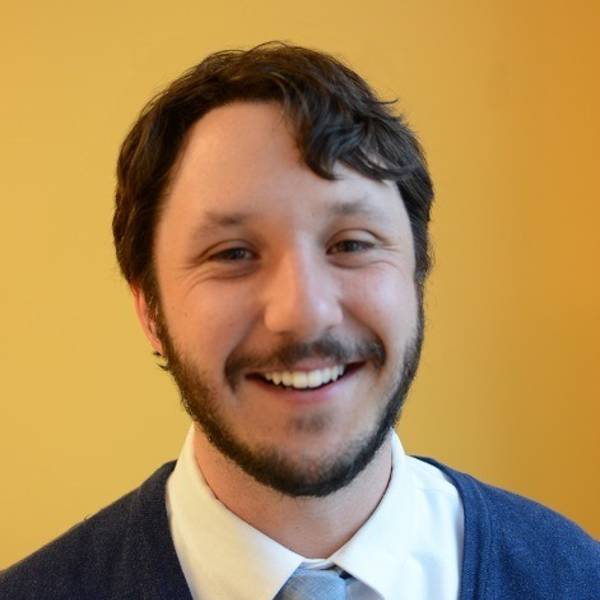Will future generations love national parks as much as we do? It’s a question that is as old as the parks themselves, and one that will be asked as long as parks exist. How do we make sure future Americans care about our parks? How do we do it when the face of America is changing?
Latinos and Hispanics make up a large part of the changing face of America. It is estimated that Latino Americans will number more than 100 million by 2050, nearly a third of the US population. Yet, according to a 2011 National Parks Service report (PDF), just 32% of the Latino-American population had visited a national park in the previous two years, a figure lower than most other ethnic groups, including non-Latino whites (53%), American Indians (37%), and Asian Americans (53%). On average, Latino Americans make up just 9% percent of all park visitors on any given day, despite being more than 13% of the U.S. population.
Last month, the Hispanic Access Foundation undertook its second annual 4 Stops, 1 Destination tour to help foster a love of national parks among young Latinos while introducing them to the threats facing these places. A group of seven tech-savvy Latino youths visited six national parks in the Southwest to see these places first-hand and learn about nearby threats from oil and gas development.
In the quest to better understand what might be keeping Latinos from national parks, organizers also grappled with entrenched cultural ideas about the outdoors. For example, Roger Espinoza, a 23-year old college student from Colorado who travelled on the 4 Stops trip, said that, “For some reason, the wilderness was not appealing to almost all of my Latino friends.” His family and those of his friends were more interested in casual barbeques at their community parks than backpacking or traveling to less-familiar places.
Many Latinos have also had a difficult relationship with the federal government, which literally keeps national parks behind gates, guarded by men and women—most of them white—wearing uniforms and gold badges. Maite Arce, the president of Hispanic Access Foundation, said that a “barrier of trust” exists between some Latinos and the parks. In their 2011 visitor survey, the NPS asked the same questions to English-speaking Latinos and to those who only spoke Spanish. While just 9% of English-speaking Latinos said that one of the reasons they didn’t more frequently visit parks was because parks “are unpleasant places for me to be,” 35% of Spanish-speaking Latinos agreed with that statement, the largest discrepancy in the survey.
Espinoza was more explicit, saying that some of his peers told him, “they came to America to work, not to look at trees all day, and some just don’t want to be out in public because of the fear of being deported.”
Arce believes that her Four Stops tour helps remove the “barrier of trust” by opening doors to parks and establishing relationships between young people and the public lands that belong to them. “These young leaders can be pied pipers, helping other Latinos feel comfortable going to parks and making sure they can connect to someone when they get there,” she says. “Once they feel comfortable in parks, then you can encourage people to protect them.”
Both Arce and Espinoza agree that the greatest barrier to increased Latino visitation to national parks is information. Indeed, “I just don’t know much about NPS units” was identified by the NPS as the number one reason Latino Americans don’t visit parks more often. According to Arce, many people simply need to know where the parks are, and what they can do when they get there. “I think that communication and education about these public lands and national parks is lacking within the Hispanic community.” Espinoza says. “Many of them do not know that these lands are for them to enjoy.” Other reasons keeping Latino Americans from parks identified in the 2011 survey include the costs of hotels and food, long travel times, and crowds.
Of course, the lack of diversity within the National Park Service is also a major barrier to attracting more diverse visitors. Around 80% of the National Park Service’s more than 20,000 employees are white, including close to 85% of the administrators. Hiring more Latino employees, especially in national parks near communities with higher Latino populations, would go a long way toward making diverse visitors more comfortable.
Despite the complex issues at play, Hispanic Access Foundation is optimistic about the future. For example, when they put out the call for students to join them on the 4 Stops trip, the response was far higher than what they expected. After a rigorous application process that involved videos and conversations with college advisors, HAF decided to take seven students instead of the planned four. What’s more, Hispanic Access Foundation is part of a growing number of Latino-run groups encouraging others to get outdoors, including Green Latinos and Latino Outdoors.
With continued effort, the next generation of Americans, which includes many more Latinos, will feel as comfortable in their national parks and as encouraged to protect them as the generations that came before them.
About the author
-
 Nicholas Lund Former Senior Manager, Landscape Conservation Program
Nicholas Lund Former Senior Manager, Landscape Conservation ProgramNick is a nature writer whose writing on birds and nature has appeared in Audubon magazine, Slate.com, The Washington Post and more. His most recent book is "Dinosaurs to Chickens: How Evolution Works." He lives in Maine with his wife and son and works for Maine Audubon.